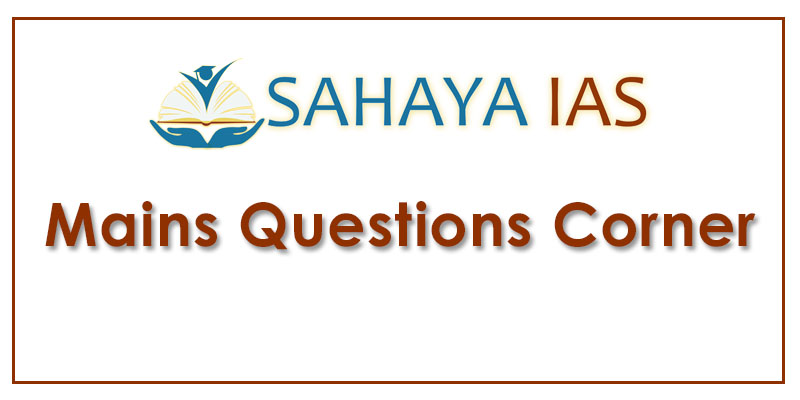A basic income scheme will deliver benefits to the poor only if it comes on top of public services
- The idea of a universal basic income (UBI) is gaining ground globally.
- A UBI requires the government to pay every citizen a fixed amount of money on a regular basis and without any conditionalities.
- It has supporters among the political left and right, and among proponents as well as opponents of the free-market economy.
- Crucial to the appeal for such a demand — for a UBI — is that millions of people remain unemployed and are extremely poor, despite rapid economic growth in the last three decades.
Where it will work
- The UBI is neither an antidote to the vagaries of market forces nor a substitute for basic public services, especially health and education.
- Besides, there is no need to transfer money to middle- and high-income earners as well as large landowners.
- However, there is a strong case for direct income transfers to some groups: landless labourers, agricultural workers and marginal farmers who suffer from multi-dimensional poverty.
- These groups have not benefited from economic growth and various welfare schemes have also failed to bring them out of penury.
- This additional income can reduce the incidence of indebtedness among marginal farmers, thereby helping them escape moneylenders and adhatiyas.
- Besides, it can go a long way in helping the poor to make ends meet.
- Several studies have shown that at high levels of impoverishment, even a small income supplement can improve nutrient intake, and increase enrolment and school attendance for students coming from poor households.
Better productivity
- In other words, income transfers to the poor will lead to improved health and educational outcomes, which in turn would lead to a more productive workforce.
- It seems to be a good idea to transfer the money into the bank accounts of women of the beneficiary households.
- Women tend to spend more of their income on health and the education of children.
- The effect of an income transfer scheme on unemployment is a moot point.
- With direct income support, the demand for the programmes will come down naturally. However, in the interim, it will serve to screen the poorest in the country and give them a crucial safety net.
Using datasets
- If basic public services are maintained, there is limited fiscal space for direct income support.
- It will have to be restricted to the poorest of poor households.
- The Socio-Economic and Caste Census (SECC) 2011 can be used to identify the neediest.
- Groups suffering from multidimensional poverty such as the destitute, the shelter-less, manual scavengers, tribal groups, and former bonded labourers are automatically included.
- The dataset includes more than six crore landless labourers, also includes many small farmers who face deprivation criteria such as families without any bread-earning adult member, and those without a pucca house.
- The other needy group, small farmers, missing from the SECC can be identified using the dataset from the Agriculture Census of 2015-16.
- Together, these two datasets can help identify the poorest Indians, especially in rural India.
- The Aadhaar identity can be used to rule out duplications and update the list of eligible households.
- Nonetheless, the required amount is beyond the Centre’s fiscal capacity at the moment.
- Therefore, the cost will have to be shared by States.
- The income transfer scheme is costly but the cost of persistent poverty is much higher.




Comments (0)